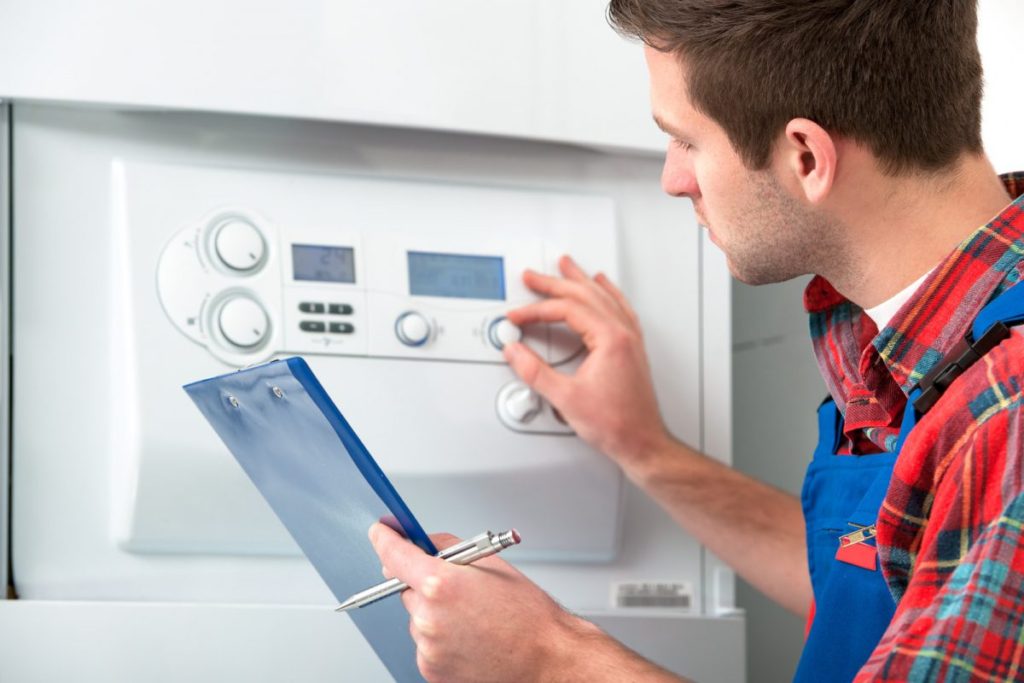Having your boiler lose pressure can be a concerning situation, especially during the chilly months in the UK. It can lead to a loss of heating and hot water, disrupting your daily routines. However, fear not! In this comprehensive guide, we will walk you through the steps to get the pressure back in your boiler, ensuring your home stays cosy and comfortable throughout the year. I will share valuable insights and personal experiences to help you handle this issue with confidence.

How do I get the pressure back in my boiler?
Restoring the pressure in your boiler is not as daunting as it may seem. Follow these steps to get your heating system back on track:
Check the Pressure Gauge
Start by identifying the current pressure on the boiler’s pressure gauge. It is usually located on the front of the boiler and is marked with green and red zones. The ideal pressure should be around 1 to 1.5 bar. If the needle falls below this range, you need to add water to the system.
Turn Off the Boiler
Before proceeding, turn off the boiler and allow it to cool down. This step ensures your safety during the process.
Locate the Filling Loop
Next, find the filling loop, which is a flexible hose connecting the boiler to the mains water supply. The filling loop is often red or silver and should be easily accessible.
Open the Filling Loop Valves
Gently open both valves of the filling loop to allow water to enter the system. Keep an eye on the pressure gauge and stop when it reaches the recommended 1 to 1.5 bar. Close the valves once you’ve achieved the desired pressure.
Reignite the Boiler
Now that the pressure is back to the appropriate level, turn on the boiler and check for any leaks around the filling loop area. If there are no leaks and the pressure remains stable, you have successfully restored the pressure in your boiler.
Monitor the Boiler
After performing the steps above, keep an eye on your boiler for a while to ensure the pressure remains within the recommended range. If you notice any significant drops in pressure or other issues, it’s best to seek professional assistance.

Tips for Maintaining Optimal Boiler Pressure
To avoid recurring pressure loss, here are some essential tips to maintain your boiler’s optimal pressure:
- Regular Checks: Make it a habit to check your boiler’s pressure gauge regularly, ideally once a month. This way, you can catch any pressure drops early on and prevent potential issues.
- Bleed Radiators: Air trapped in the radiators can cause pressure fluctuations. Bleeding your radiators helps release trapped air and maintains the system’s equilibrium.
- Check for Leaks: Inspect your boiler and its components for any signs of leaks. Addressing leaks promptly prevents pressure loss and potential water damage.
- Service Your Boiler Annually: A professional boiler service ensures that all components are in top condition, reducing the likelihood of pressure-related problems.
- Monitor the Expansion Vessel: The expansion vessel is responsible for absorbing excess pressure in the system. Regularly check and adjust its pressure as needed.
Frequently Asked Questions (FAQs)
Q: How often should I check the boiler’s pressure?
A: It’s recommended to check your boiler’s pressure gauge at least once a month to ensure it stays within the optimal range.
Q: Can I add too much water to the boiler?
A: Yes, adding too much water can lead to the pressure exceeding the recommended range, causing potential issues. Stick to the 1 to 1.5 bar range.
Q: What if the pressure keeps dropping after filling the boiler?
A: If the pressure keeps dropping, it could indicate a leak in the system. In such cases, it’s best to call a qualified engineer to inspect and repair the boiler.
Q: Is it safe to adjust the pressure on my own?
A: Adjusting the boiler’s pressure on your own is generally safe if you follow the manufacturer’s instructions. However, if you are unsure, it’s best to seek professional help.
Q: Why does the boiler pressure increase when the heating is on?
A: When the heating is on, the water in the system expands, causing a temporary increase in pressure. The expansion vessel helps absorb this excess pressure.
Q: Should I be concerned if the pressure is slightly above the recommended range?
A: A slight increase in pressure, such as 2 bar, is generally not a cause for concern. However, if it goes beyond that, it’s advisable to address the issue.
Conclusion
Restoring the pressure in your boiler doesn’t have to be a daunting task. By following the step-by-step guide provided, you can easily get your heating system back on track. Remember to conduct regular checks, bleed radiators, and address leaks promptly to maintain optimal pressure levels. If you encounter any persistent issues, don’t hesitate to seek professional help. Now you have the knowledge and confidence to handle boiler pressure problems like a pro!

